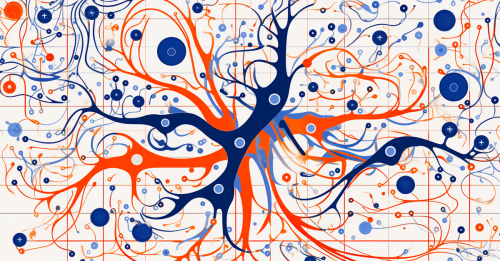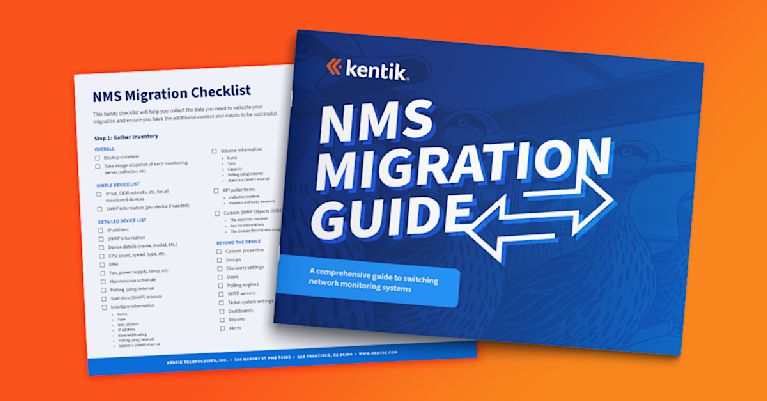Beyond the Hype: The Power of AI and Large Language Models in Networking


Summary
Artificial intelligence is certainly a hot topic right now, but what does it mean for the networking industry? In this post, Phil Gervasi looks at the role of AI and LLM in networking and separates the hype from the reality.
There’s probably no bigger buzzword right now than artificial intelligence. Normally, I recoil at the sound of the latest buzzword repeated ad nauseam by influencers, tech media, and, in this case, even the talking heads on late-night television. However, I believe this is one technology that, despite popular culture latching onto it, is extremely important for us to understand, especially in the context of networking.
What is AI?
In a recent episode of Telemetry Now, my friend Ryan Booth joined me to talk about AI, specifically in the context of networking. Ryan explained that AI is a broad term, not a specific technology. That means it’s important to distinguish between artificial intelligence and other technologies like machine learning.
AI describes computer systems and workflows that mimic human intelligence and behavior. Machine learning, along with many technologies lumped into the AI category, are components of AI and a means of attaining human-like intelligence in computer form. For example, for AI to mimic human intelligence, it needs to be able to learn and adapt, which is why statistical analysis and machine learning models are crucial elements of an overall AI architecture.
This way, computers working together in a common AI workflow can ingest, organize, and analyze data, then discover new information such as correlations, patterns, trends, etc., and take action based on that data analysis workflow.
And remember that network telemetry is actually a broad category of many different types of data in different formats and representing very different aspects of network activity. The application of AI to networking is in the context of this growing diversity and complexity, which is inherently difficult for a human being to work with.
Machine learning as the foundation
Machine learning has existed for decades, so applying algorithms and ML models to perform a specific task is well understood. Basic ML has few layers and uses relatively simple algorithms and models to achieve a particular mission. At its core, an ML workflow focuses on a given task.
When we add layers to a basic ML workflow, we get into the realm of deep learning and neural networks, which, at their core, use forward and backward propagation to train a model and use the results of an ML workflow to feed into another workflow. When working in multiple layers like this, computers can learn from data and make swift decisions with a high degree of accuracy and ultimately go beyond that single task of a basic ML algorithm.
In networking, we use ML models to determine trends, find patterns in traffic, identify anomalies that could indicate a security breach, and so on. We’re clearly already headed in the right direction, but what does the latest buzz about large language models have to do with anything?
Large language models
Large language models, or LLMs, are one manifestation of ML models stacked together into an AI workflow. LLMs will analyze vast amounts of data, usually in the form of text such as the internet itself, to discover the relationships between words, phrases, and language patterns.
LLMs have elements of pattern recognition, correlation, and prediction to anticipate what the next word in a sentence would be and what the meaning of a sentence is beyond the denotation of each individual word.
Using recurrent neural network models, long short-term memory network models, and today, by using a transformer, an entire deep learning architecture, we can process massive data sets sequentially, in time series prediction, and for machine translation. The transformer is the underlying mechanism for the natural language processing (NLP) function in large language models like BERT and ChatGPT.
AI and LLM in networking
LLMs already give us a significant advantage in tasks like document summarization, pattern recognition, document generation, creating computer programming code, and so on. The real-world applications of AI and LLM are varied, especially in networking.
For example, LLMs are helpful for generating computer programming code, analyzing documentation, creating new documentation based on a set of data, and information classification, such as named-entity recognition.
In networking, this relates directly to operational tasks such as analyzing divergent and voluminous network telemetry, generating code, generating documentation based on network data, etc. This makes an engineer more efficient, reduces error, expedites time to resolution, and offers the ability to more easily find insight in vast quantities of data than would be possible manually.
Additionally, natural language processing, or NLP, allows us to interact with networks in a way we’ve never been able to before. We can now use actual human language to query a database of network telemetry, push configuration changes, or glean insight from a programmatic analytics workflow.
Of course, this presupposes that there is an underlying AI workflow to ingest, organize, classify, and analyze network data. As we develop more sophisticated layers of ML models to do this work for us, we’re solving an operational problem to derive insight we otherwise wouldn’t be able to do quickly and easily.
The precise future of AI in networking is still somewhat uncertain, but real-world applications are now starting to emerge. As data scientists and engineers discover how to use these tools to solve operational problems, we will see the landscape of networking and our understanding of complex networking systems change for the better.
2024 Update: AI Network Monitoring has Arrived
Just a few months after having originally mused about the role that AI might play in future network monitoring solutions, the future has arrived… Kentik’s next-generation network monitoring system, Kentik NMS, includes advanced artificial intelligence-based features for network monitoring.
Is it time to migrate to a modern network monitoring system?

Kentik AI allows NetOps professionals and non-experts alike to answer any question about the status or performance of their networks using natural language queries.
These new features allow network pros to understand on-premises, hybrid, and multicloud networking environments from a single query engine. And because Kentik combines network data from all sorts of protocols—including flow data, SNMP, streaming telemetry, containers, and cloud flow logs—Kentik AI enables unprecedented visibility into modern networks. Check out a short preview below:


